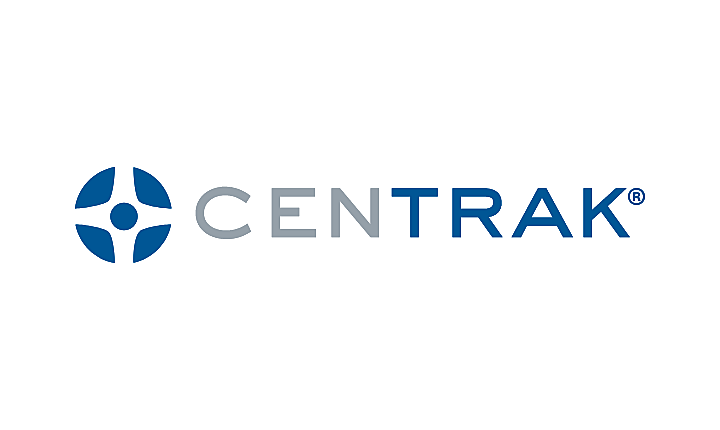Developing & Communicating RTLS Staff Badge Policies Efficiently

Historical location data and understanding interactions between staff and patients is beneficial and critical to generating the data points required for any workflow optimization initiatives. Staff and patient interaction locations, timestamps, and durations provide information that can be used to make recommendations for improvements in patient satisfaction, room utilization, staffing models, facility layout, and many other operational aspects of running a healthcare facility.
Even more critical is access to real-time data, which provides immediate visibility into bottlenecks in patient flow, allowing staff to be proactive in addressing capacity issues and minimizing situations requiring service recovery.
Some organizations choose to implement the staff duress and staff assist functionality using the buttons on the RTLS badge. These processes need to be developed, tested and confirmed prior to publicizing, but they provide a great advancement to staff safety. This benefit provides another incentive to the staff to wear their badges.
Although many healthcare organizations can adapt to staff badging with little to no resistance, some may experience challenges. These challenges primarily occur when there are no clear policies established and communicated regarding staff badging, and when there is no mechanism created to proactively address any staff concerns regarding the use of the system.
The RTLS badging policies should cover all aspects of implementing this new technology, from privacy and legal aspects to operational and supportability nuances.
We have helped many healthcare organizations develop robust plans to address all of the above areas, and we have established a set of tools that can be leveraged to create and deploy staff badging policies within an organization.
Here are a few of the best practices when developing your staff badging policies:
- Create a committee that includes representatives from across the organization
Representatives from the following areas should be selected to create a staff badging policy. This policy should be specific to the organization in a way that pertains to the staff of this organization and should be easy to read and understand by all staff. Additionally, the policy should clearly state the benefits of staff badging to staff members and patients, as well as to the institution.
· Human Resources
· Risk Management
· Security (Physical & IT/IS)
· Badge Administration
· Compliance
· Internal Communications
· Delegate from Physician role
· Delegate from Nurse role
· Delegate from other staff roles that should be included to ensure a good cross-section of staff on the committee. (EVS, Resource Mgmt, Pharmacy, Etc.) - Establish a clear policy regarding access to the location information
A fundamental rule that we support is that no one should be able to obtain the location history of staff members without going through both risk management and human resources departments for approval. There will likely be times when the risk or legal department requests staff location history when confronted with legal situations regarding the care of a patient. They may require proof that a staff member was with a patient when the patient or family member is concerned that no staff member was with them for a certain period. The data is considered discoverable in legal situations and is often found to be a good validation that the staff member was where they claimed to be. We also recommend that the RTLS location data only be used as supplemental information, and not relied on solely, in any legal proceedings. RTLS staff badge data should be treated as a single source of information in the same manner as Security Footage (CCTV), ID Badge Swipe History, Workstation Logins, etc. On their own, none of these are satisfactory, but simply pieces to a larger puzzle as part of a formal investigation. - Provide clear guidelines for badge usage and maintenance
For the RTLS system to work, staff members must properly use and maintain their badges. The policies should clearly inform staff how to wear the badge. Staff also need to know how to safely clean their badges and what to do if a badge requires a battery replacement.
We also recommend that you have a clear policy regarding RTLS badge loss, damage, or malfunction. We typically recommend using a Staff ID badge policy as a good base.
- Offer communications in multiple forms and provide a feedback mechanism
To gain internal support for a staff badging initiative, it should be discussed in open forums, encouraging staff to have conversations about the new technology and its use. Input from these discussions should be used to verify if all pertinent staff topics are covered by the policies.
Strong internal marketing team involvement is necessary, early and often, and should use the intranet and other means of communication that are well received within the organization. For ongoing communication, we also recommend creating brochures and exciting “What’s New” articles. Communicating the benefits the staff will receive from badging both staff and patients, such as having visibility into all aspects of the patients’ visits, should be a focus. If applicable, addressing the safety features of the staff duress and staff assist functionality of the RTLS badges should also be covered.
The staff badging policy should also state how feedback should be provided by staff, such as via a dedicated email address. Staff feedback should also be leveraged to develop and update staff FAQs which proactively address staff inquiries and concerns.
These are just a few essential topics to be considered when developing staff badging policies. If your organization is embarking on an initiative that includes leveraging location badges, please contact us. We will be happy to discuss our best practices so that your initiative is successful.






